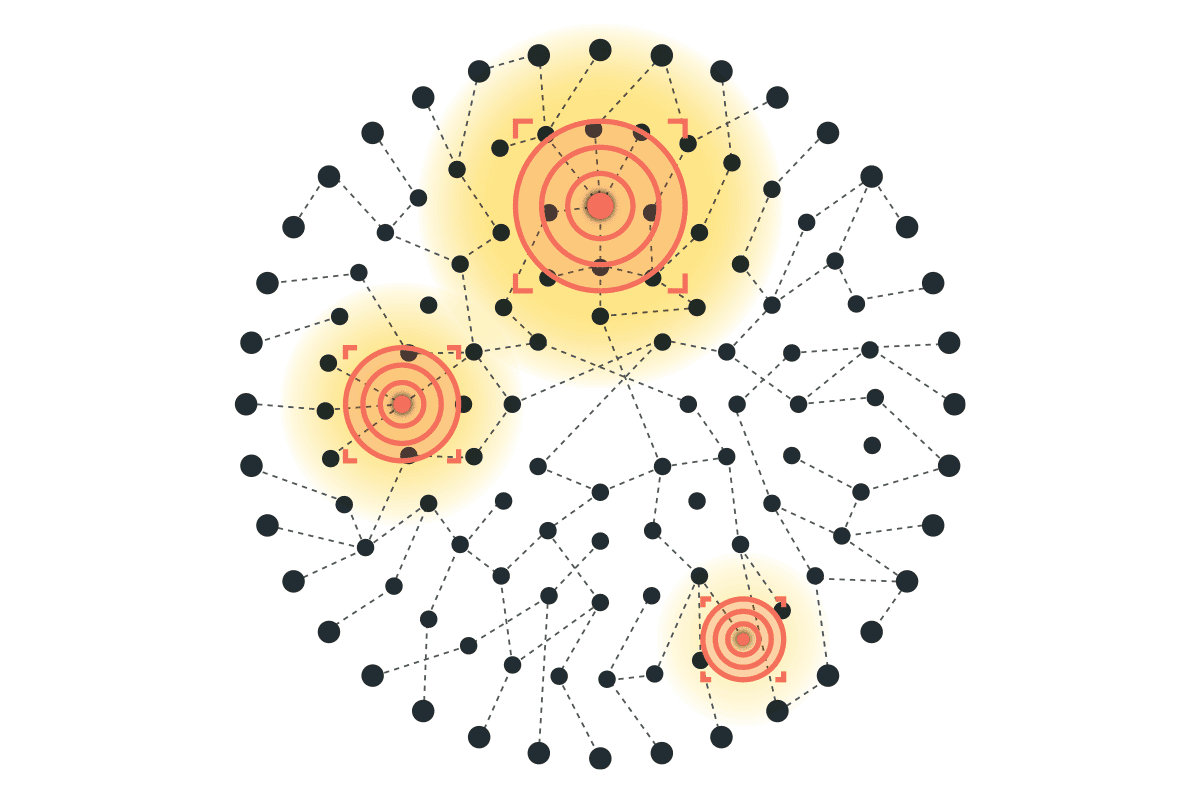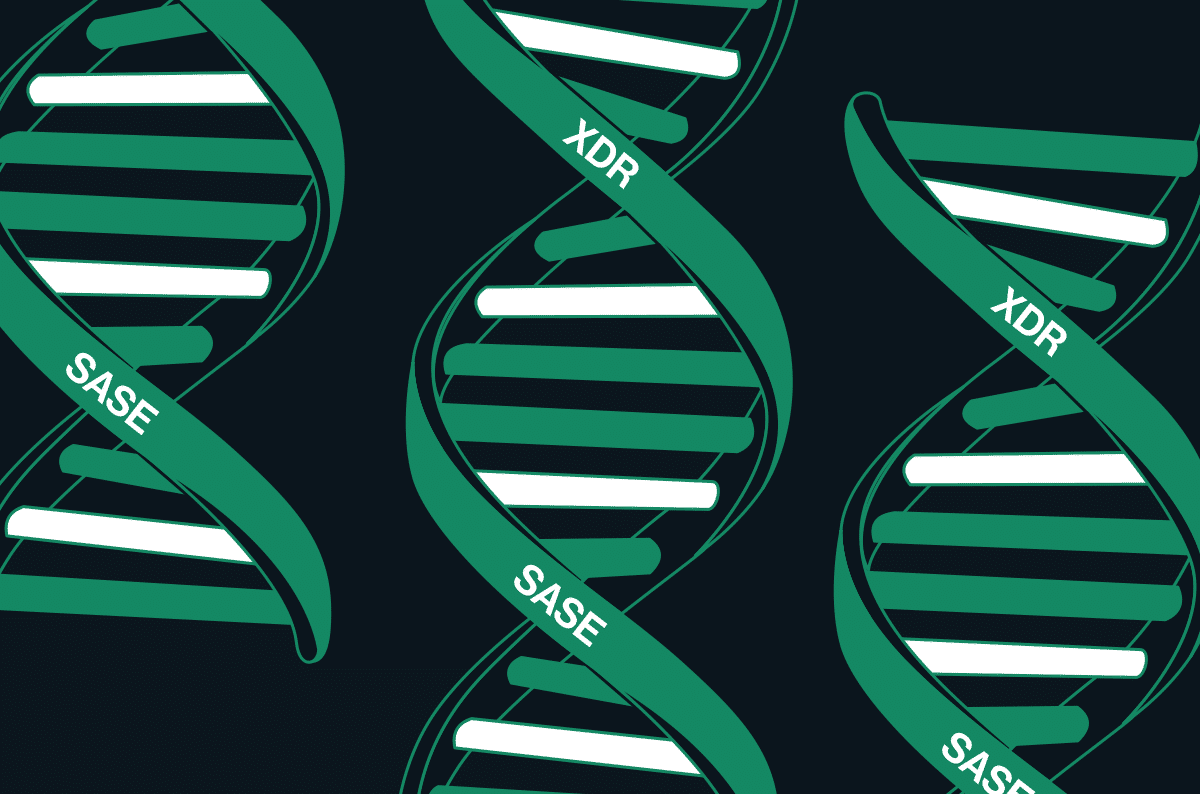Effective Zero-Day Threat Management Requires Cloud-Based Security

|
Listen to post:
Getting your Trinity Audio player ready...
|
Zero-day attacks are a growing threat to corporate cybersecurity. Instead of reusing existing malware and attack campaigns that are easily detected by legacy security solutions, cyber threat actors tune their malware to each campaign or even each target within an organization.
These zero-day attacks are more difficult and expensive to detect, creating strain on corporate security architectures. This is especially true as the growth of corporate IT infrastructures generates increasing volumes of network traffic that must be inspected and secured. Managing cyber risk to corporate IT systems requires security solutions that can scale to meet growing demand.
Zero-Day Threats Are Harder to Detect
Historically, antivirus and other threat detection technologies used signature-based detection to identify malware and other malicious content. After a new threat was identified, a signature was built based on its unique features and added to the signature library. All future content would be compared to this signature, and, if it matched, would be identified as a threat and remediated.
This approach to threat detection requires limited resources and can be highly effective at identifying known threats. However, a signature must first exist for threats to be identified. The growth of zero-day attacks leaves signature-based detection blind to many threats and creates a delay between the emergence of a new threat and solutions’ ability to identify it.
Other approaches to threat detection can identify novel and zero-day threats. For example, anomaly detection identifies deviations from normal behavior that could point to either benign errors or attempted attacks. Behavioral analysis monitors the actions of user accounts, applications, and devices for risky or malicious behaviors that pose a threat to a system.
These forms of threat detection have the ability to provide much more robust protection to an organization’s systems against novel and evolving threats. However, this improved detection comes at a price. In general, anomaly and behavioral detection consume more processing power and require access to larger datasets than traditional, signature-based detection systems. Also, non-signature detection systems have the potential for false positive detections, creating additional alerts for security personnel to sort through.
Enhancing Your Enterprise Network Security Strategy | WebinarLegacy Firewall Security Solutions Can’t Keep Up
Zero-day threat detection is essential for protecting against modern cyber threats, but it is also resource-intensive. As traffic volumes increase, the additional work required to identify novel threats can put strain on an organization’s network security architecture.
This is especially true for organizations that rely on legacy next-generation firewalls (NGFWs). Firewall security solutions deployed within an organization’s on-prem data center have limited scalability. If traffic volumes exceed the compute capabilities of an appliance-based solution or software running on a server, then the organization needs to acquire and deploy additional hardware to secure the traffic without compromising network performance. This is especially true if TLS decryption is required for inspection of encrypted traffic as this can exhaust an appliance’s compute capacity.
As the cyber threat landscape evolves, organizations will need to identify and respond to more numerous and sophisticated cyber threats, which increases the resource requirements of cyber threat detection. With legacy, appliance-based solutions deployed on-prem, companies are already forced to choose between properly protecting their environments against cyber threats and the performance of their corporate networks.
Cloud-based Security is Essential for Modern Threat Management
One of the main limitations of security solutions is that effectively inspecting and securing network traffic is computationally expensive. With limited resources, TLS decryption and in-depth inspection of network traffic can cause performance issues, especially as corporate networks and their traffic bandwidth increase.
The best way for companies to keep pace with the growing resource requirements of security is to take advantage of cloud scalability and adaptability. Cloud-native security solutions can expand the resources that they consume as needed to cope with growing network traffic volumes and the associated cost of security inspection and threat detection and response.
Secure Access Service Edge (SASE) solutions take full advantage of the benefits of the cloud to optimize corporate network security. SASE solutions converge many network and security functions into a single solution, eliminating the redundancy and waste of standalone solutions. Additionally, as cloud-native solutions, SASE solutions elastically scale to meet growing network traffic volumes or the resource requirements of expensive security operations.
In addition to solving the problem of the resource consumption of security functions, SASE solutions also provide numerous other benefits, including:
- Greater Visibility: SASE solutions integrate traffic inspection and threat detection across the entire corporate WAN and not only the internet. This provides improved security visibility and additional context regarding cyber threats.
- Improved Threat Detection: SASE solutions can also leverage this increased visibility — as well as threat intelligence data — to more accurately identify threats to the organization. Security integration also means that threat response activities can be coordinated across the corporate WAN, providing better protection against distributed attacks.
- Enhanced Network Performance: SASE solutions are globally distributed and integrate network optimization functions as well as security features. Traffic can be inspected and secured at the nearest SASE point of presence before being optimally routed to its destination.
Cato provides the world’s most robust single-vendor SASE platform, converging Cato SD-WAN and a cloud-native security service edge, Cato SSE 360, including ZTNA, SWG, CASB/DLP, and FWaaS into a global cloud service. With over 75 PoPs worldwide, Cato optimizes and secures application access for all users and locations, and is easily managed from a single pane of glass. Learn more about how Cato SASE Cloud’s threat detection capabilities can help protect your organization against zero-day threats with a free demo.














